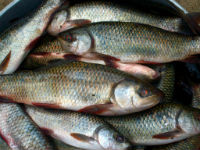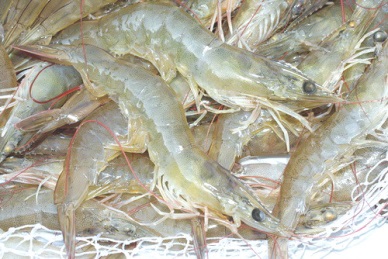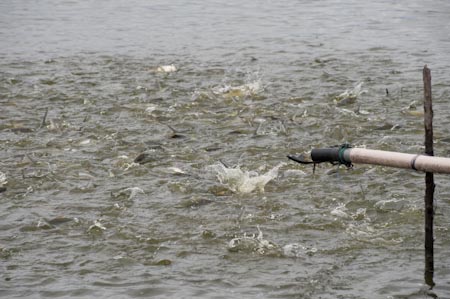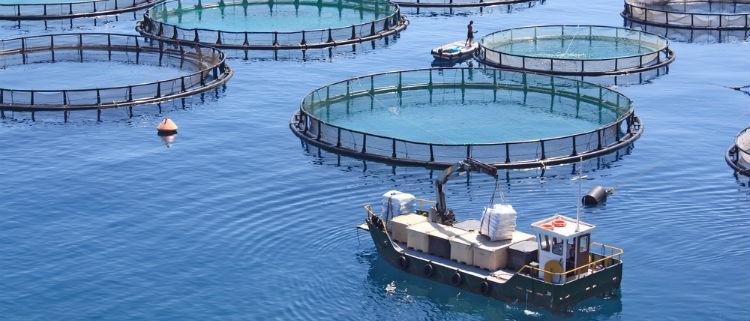Aquaculture
Our Services

Freshwater Aquaculture
The technology for such semi-intensive carp culture has been demonstrated and the carp culture was virtually revolutionized ultimately raising the average Indian production from still-water ponds from 0.6 tonnes/ha/year in 1974 to over 2.90 tonnes/ha/year at present.

Culture of giant river prawn
The giant river prawn (Macrobrachium rosenbergii) is the largest and fastest growing species being farmed and possesses considerable demand both in domestic and international markets. M. rosenbergii is cultured either alone (monoculture) or in combination with carps (polyculture). The monoculture of giant river prawn is mostly confined to ponds with supplementary feeding and a production yield level of 1.0–1.5 tonnes/hectare in a 7–8 month production cycle using single stocking and both single/multiple harvesting. The polyculture of freshwater prawn juveniles carp has also been demonstrated to be economically viable.

Brackish water aquaculture
Brackish water aquaculture in India is restricted to shrimp farming utilizing semi-intensive culture practices mainly with giant tiger prawn at stocking densities of 0.1–0.3 million/ha. With the provision of a high protein diet, water exchange, aeration and improved health management, production levels of 4–6 tonnes/ha have been demonstrated in a production period of 4–5 months. However, the presence of white spot syndrome during 1994–1995 drastically reduced prawn farming activity in the late 1990s. The adoption of a more cautious approach including moderate stocking densities and good management practices has helped in the revival of the sector and in sustaining shrimp production of the country. Furthermore, with the recent introduction of Penaeus vannamei, the shrimp culture is again regaining its glory of export earner at large.

